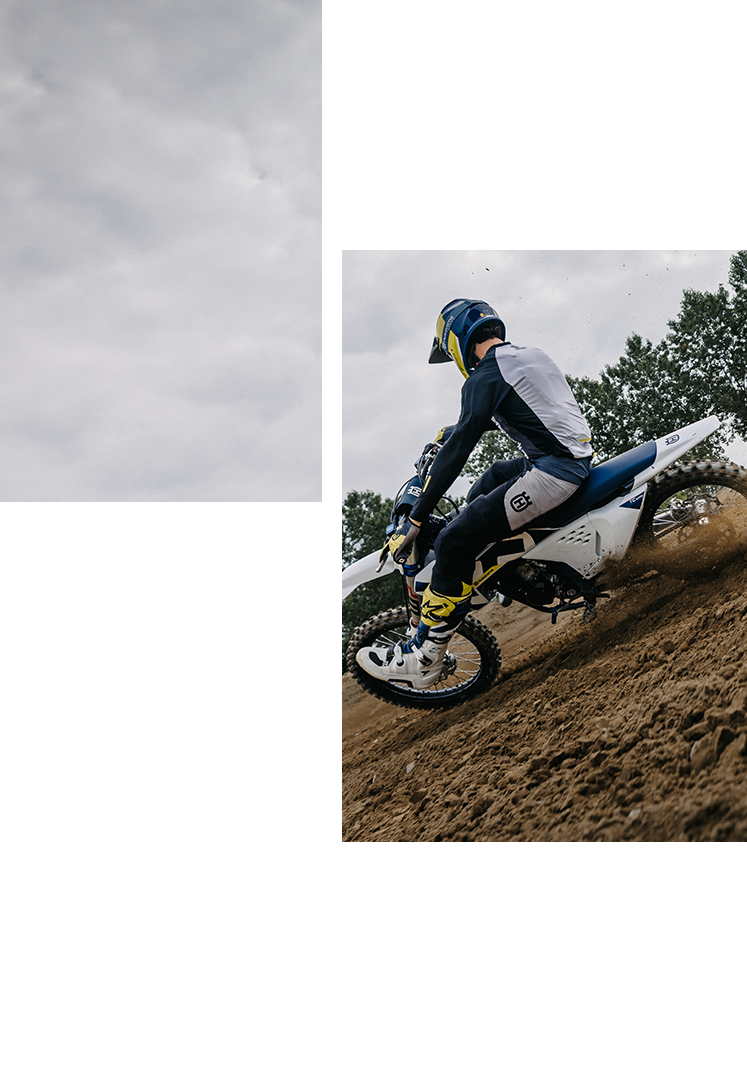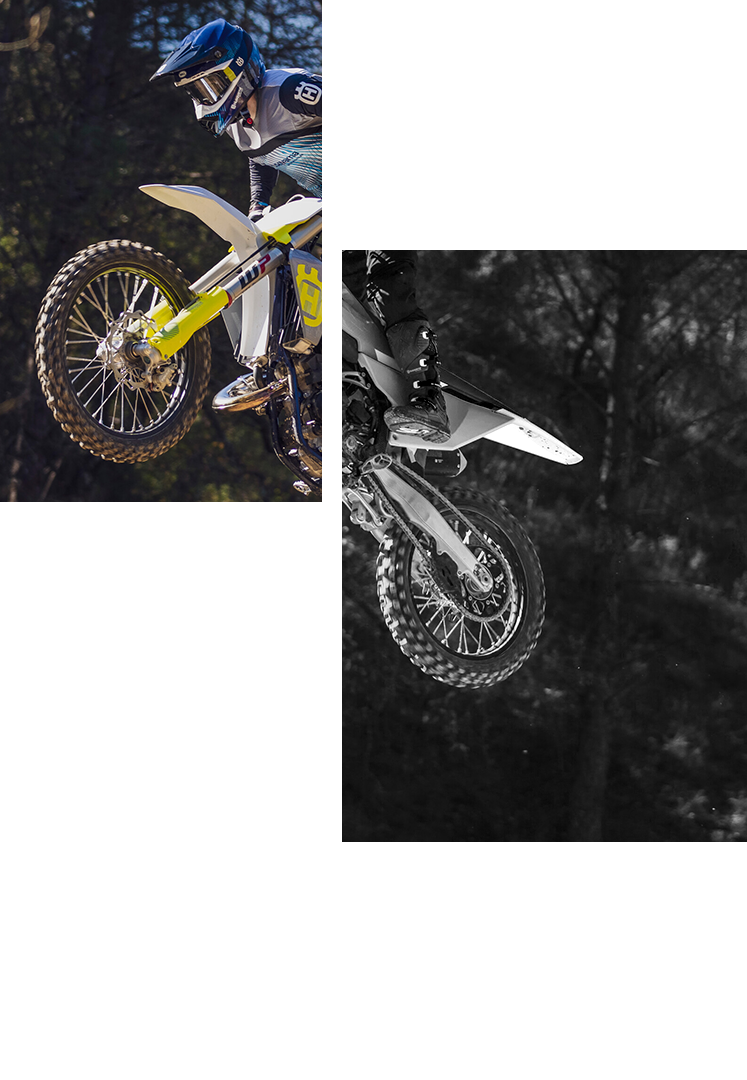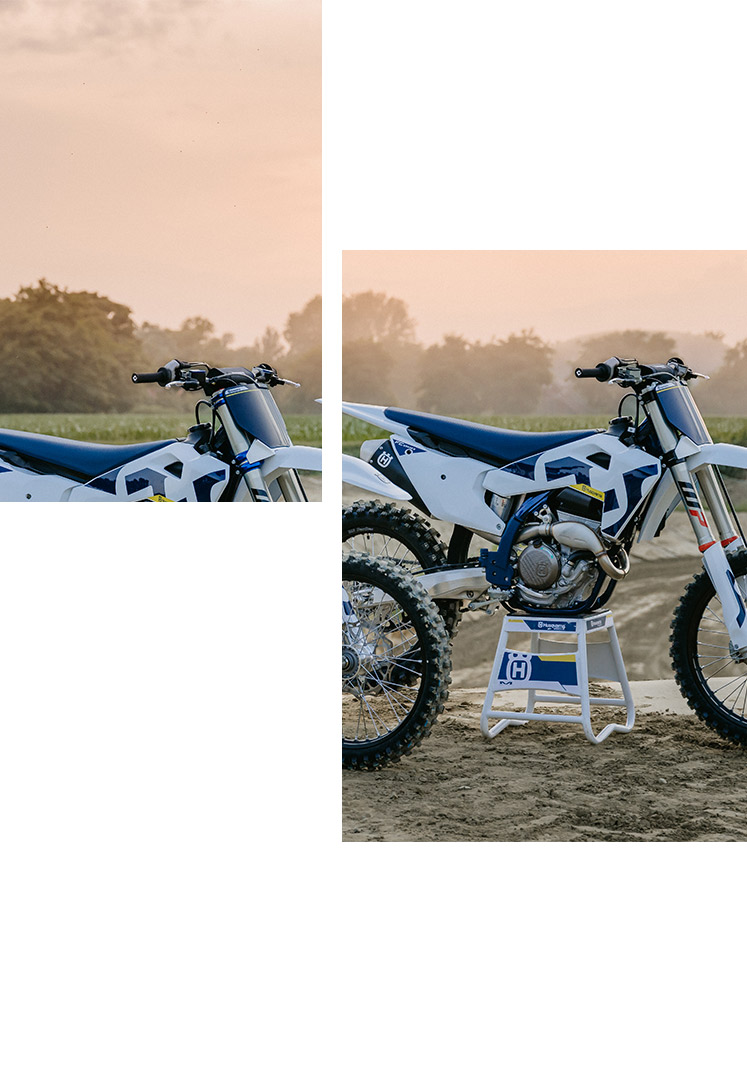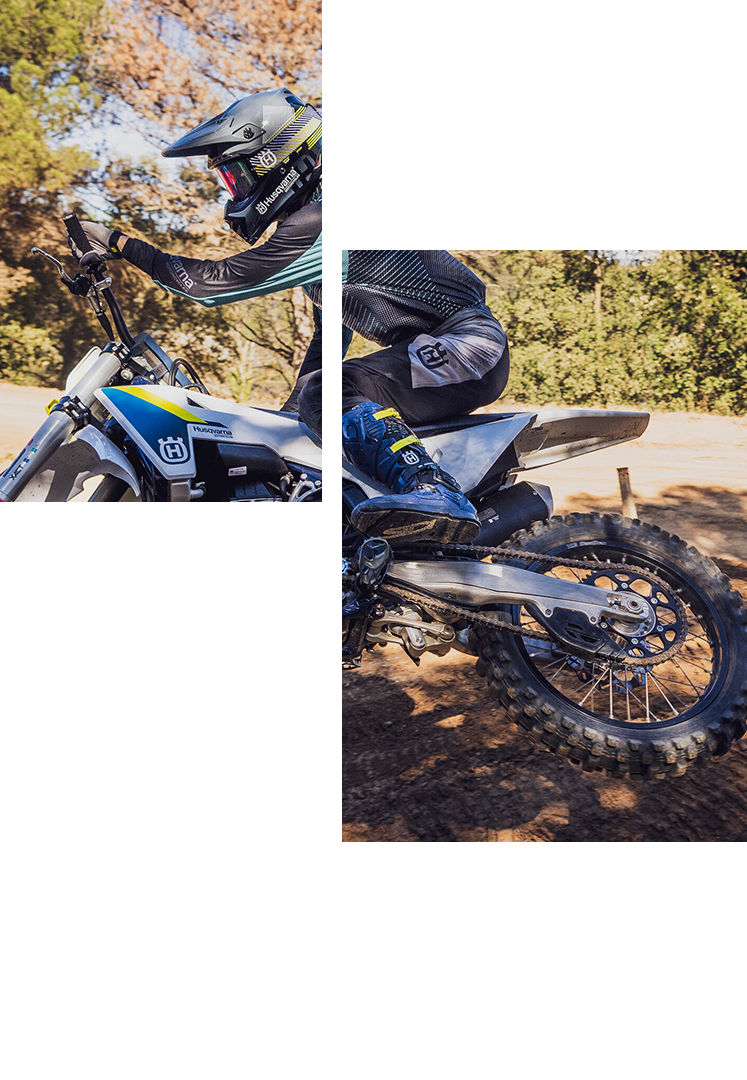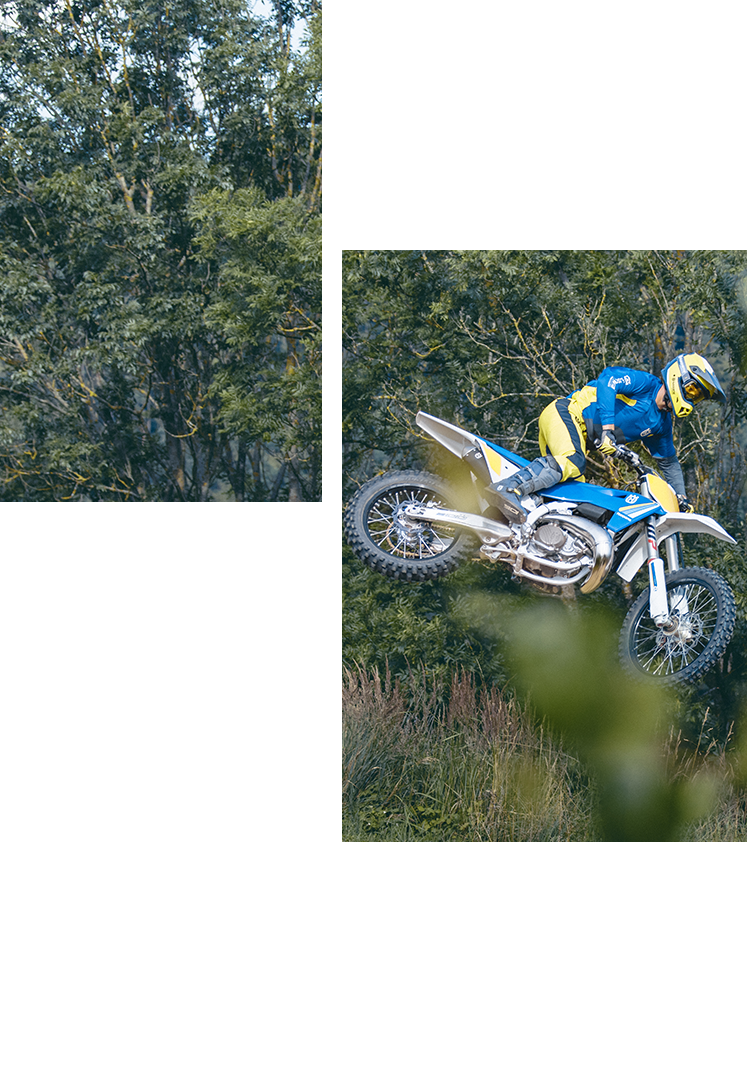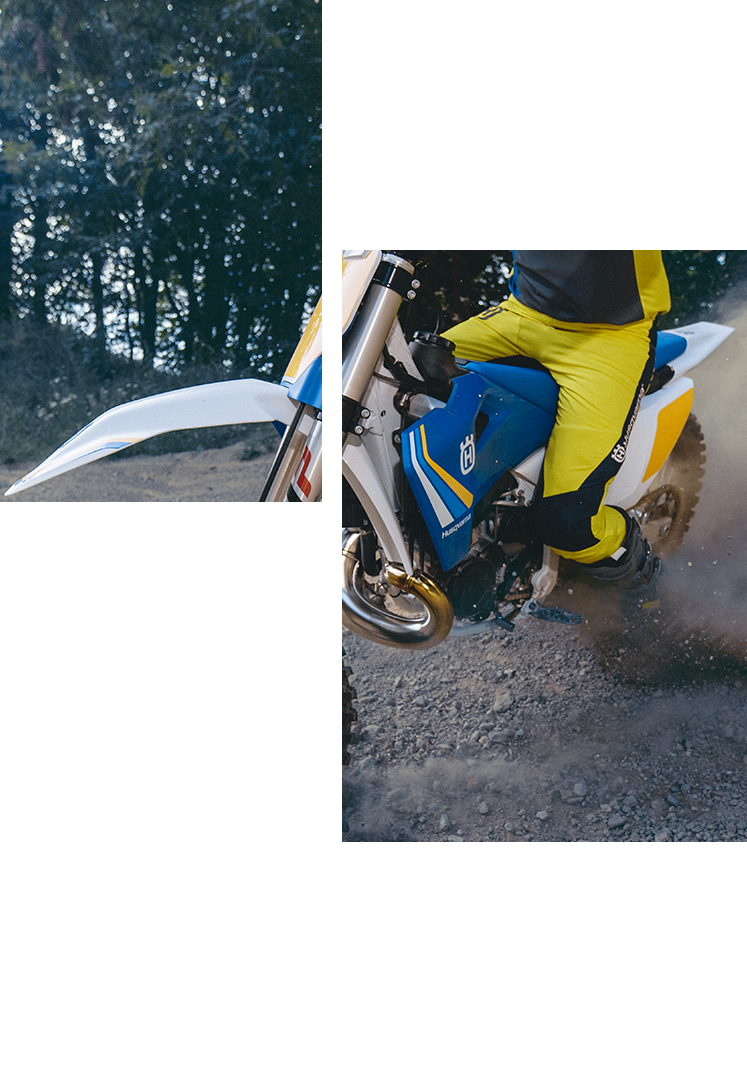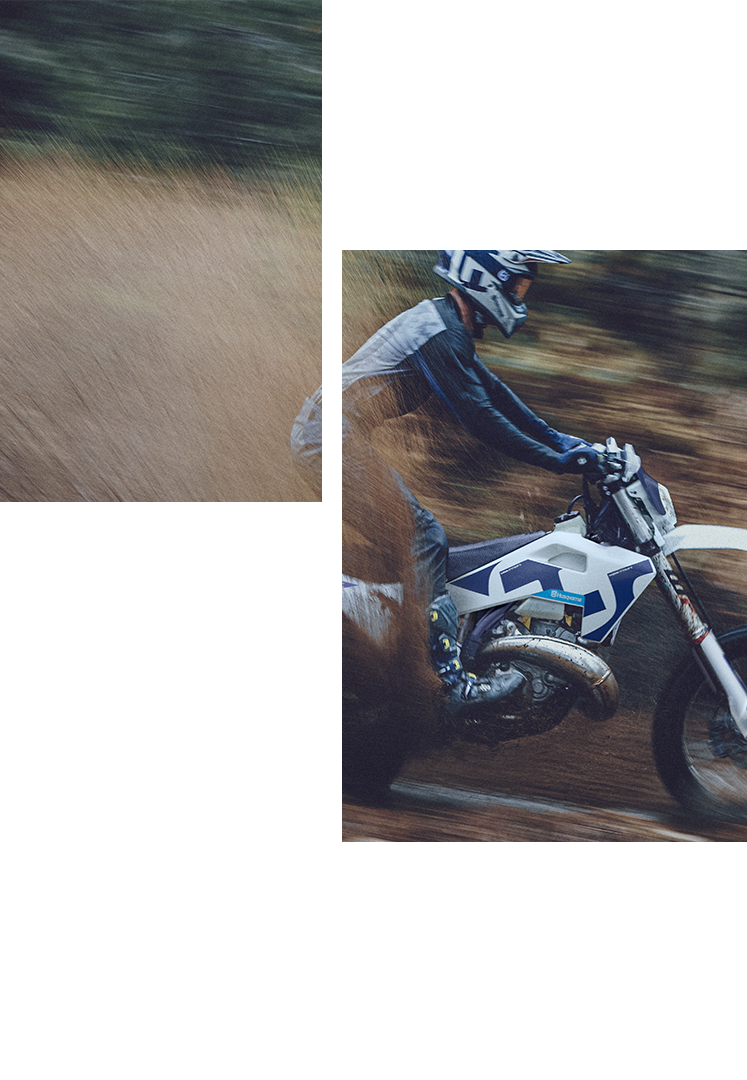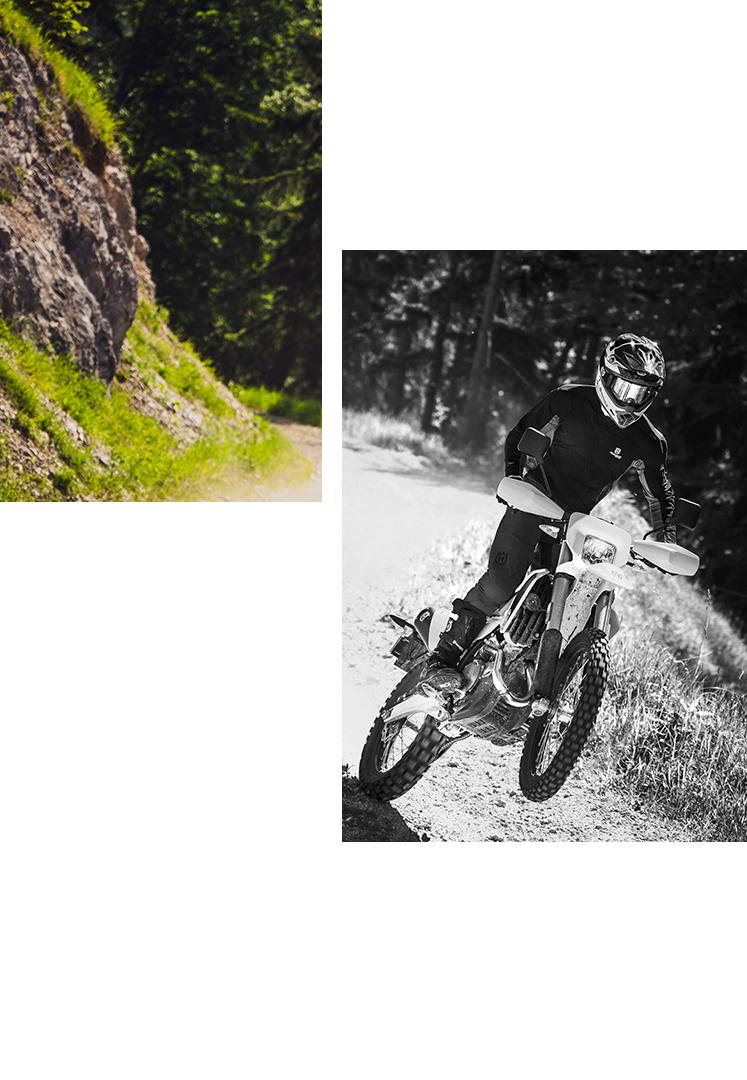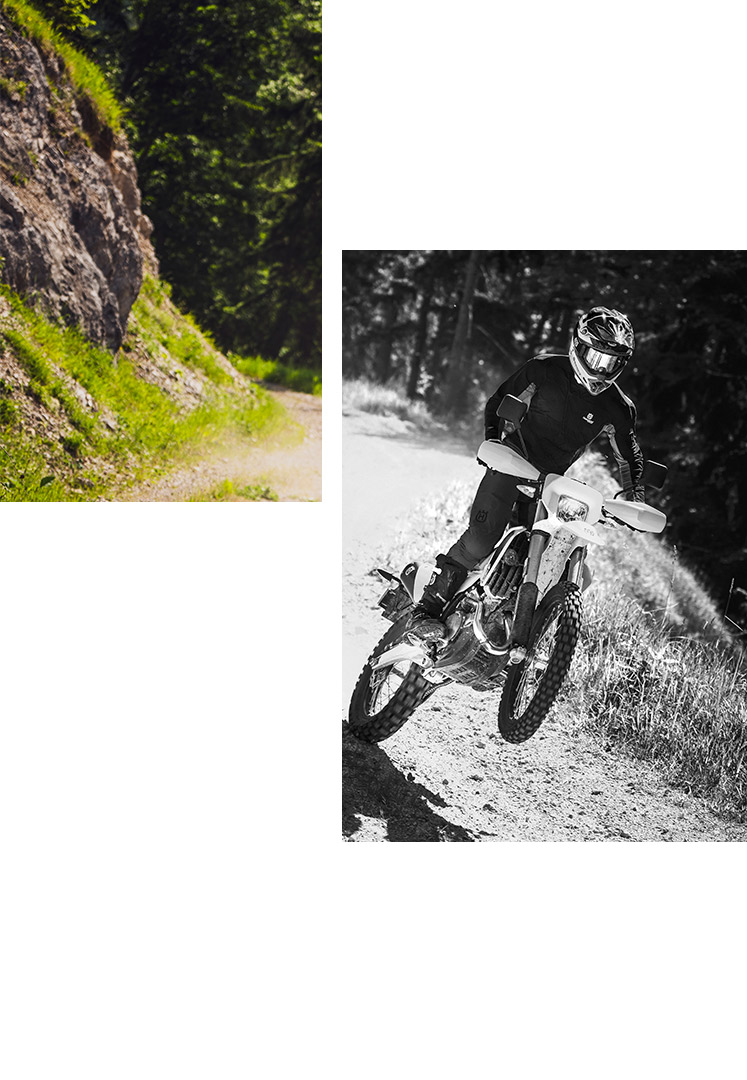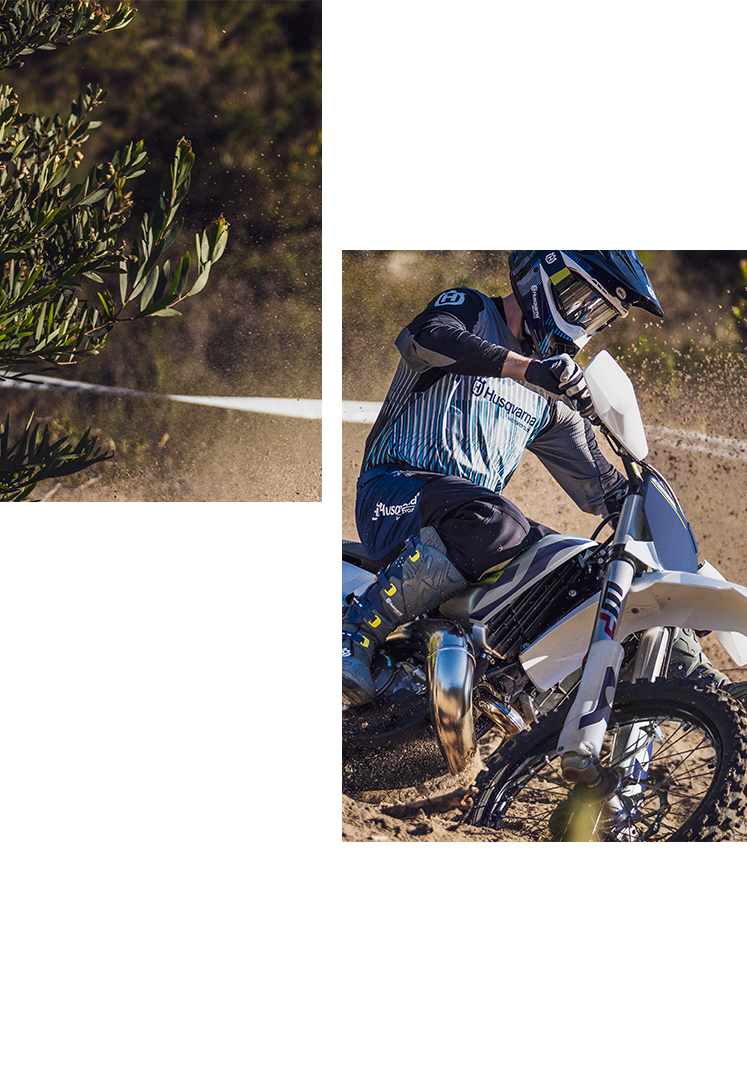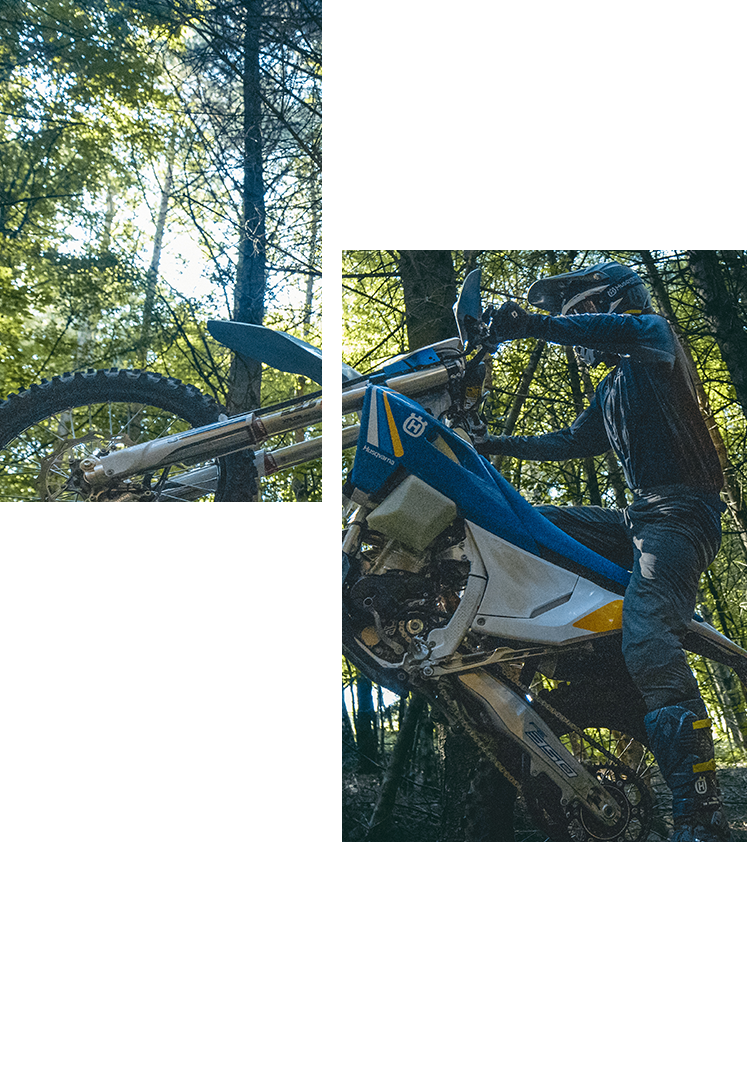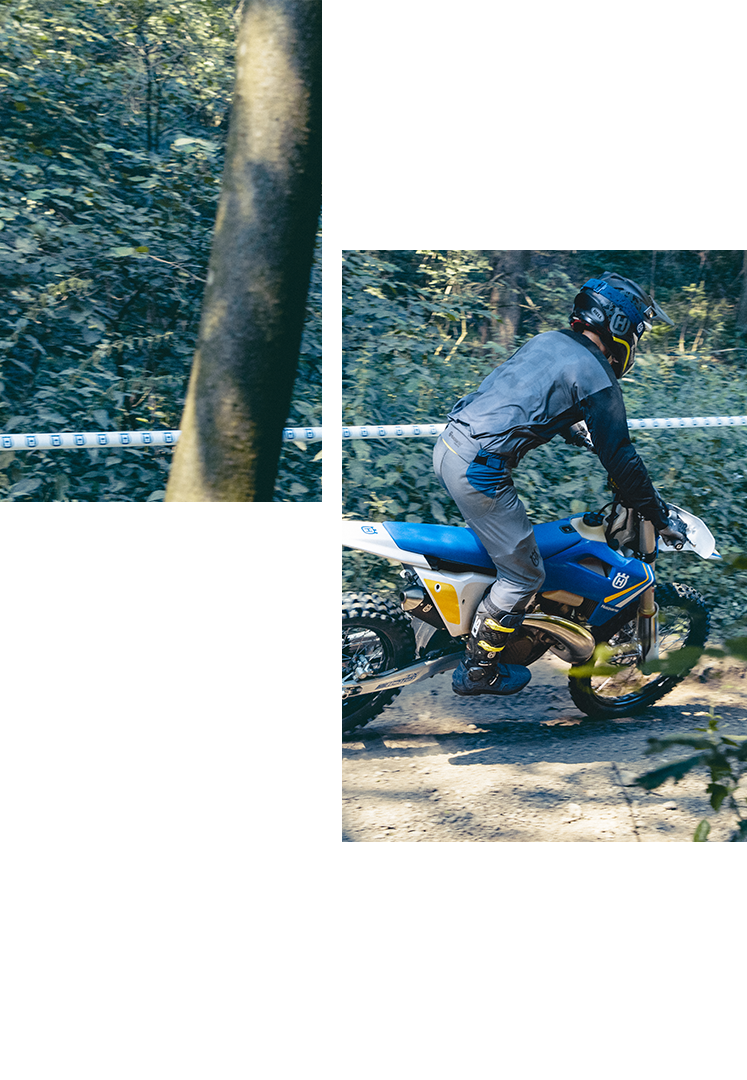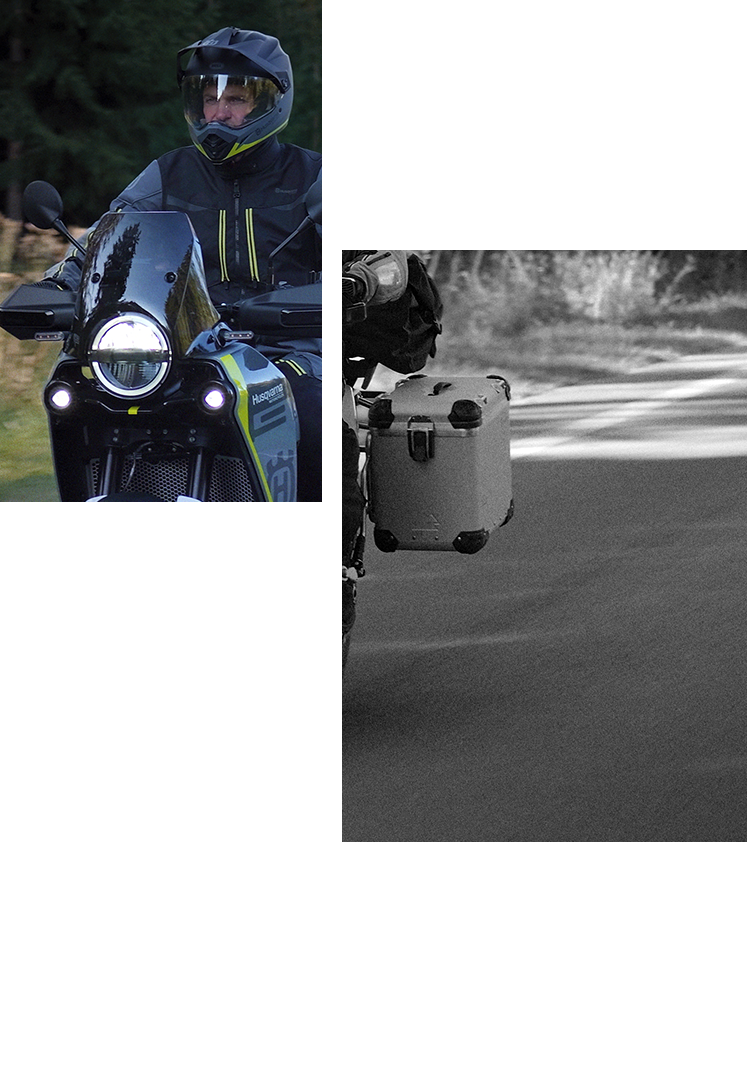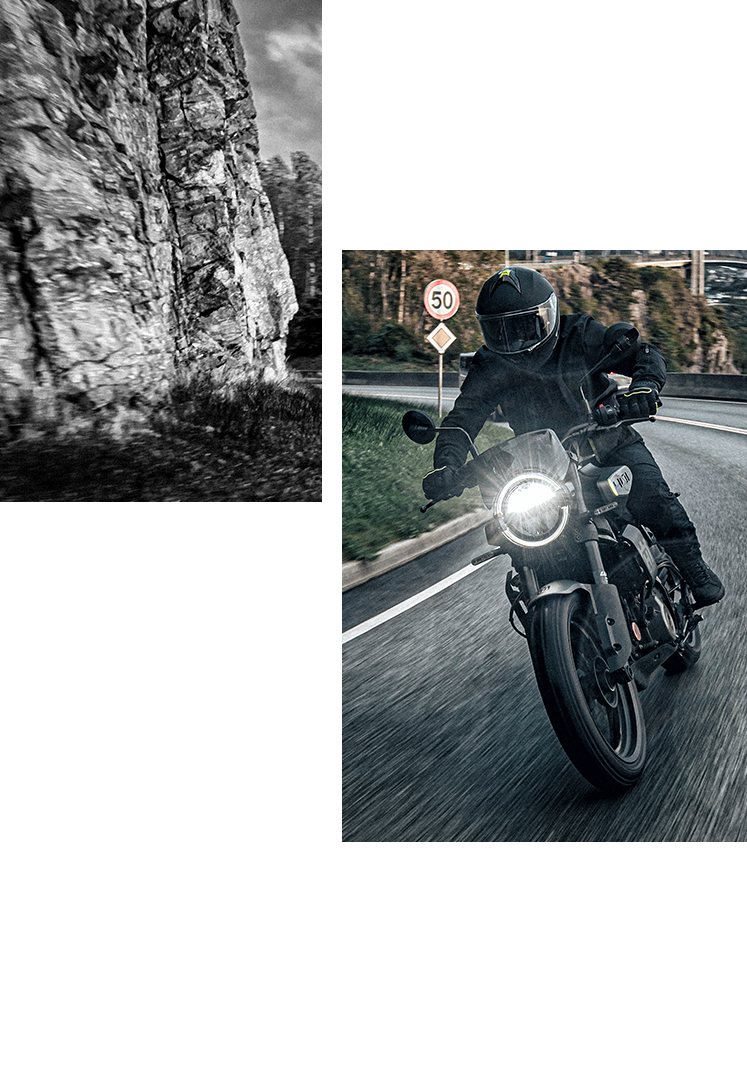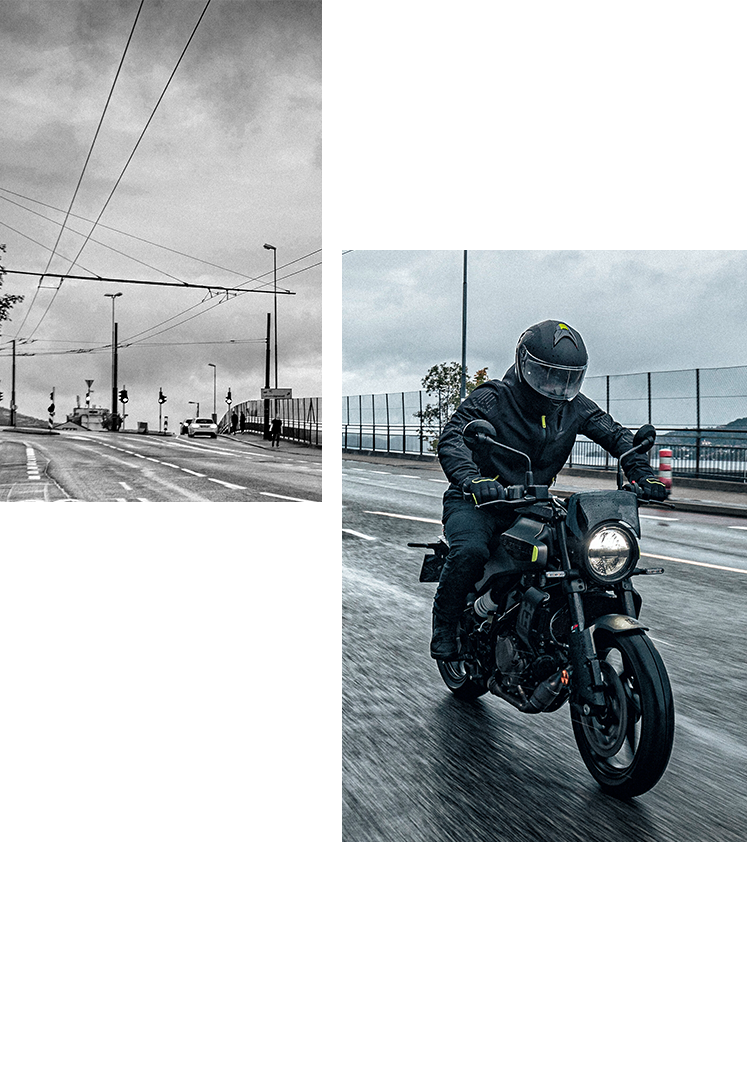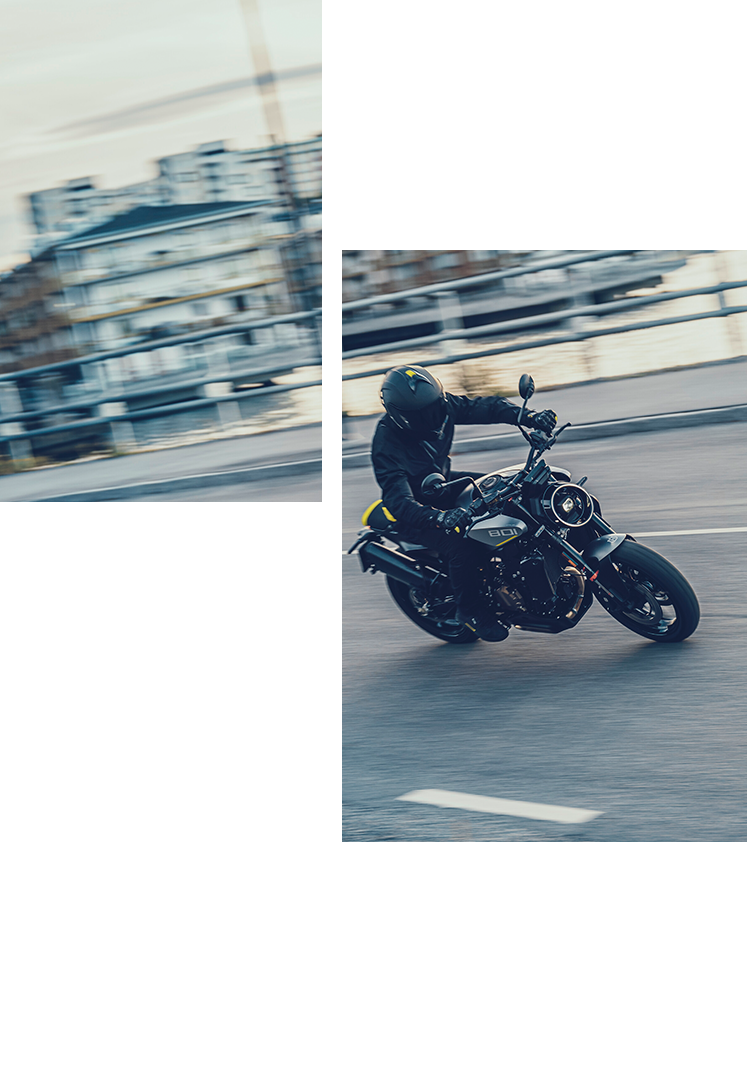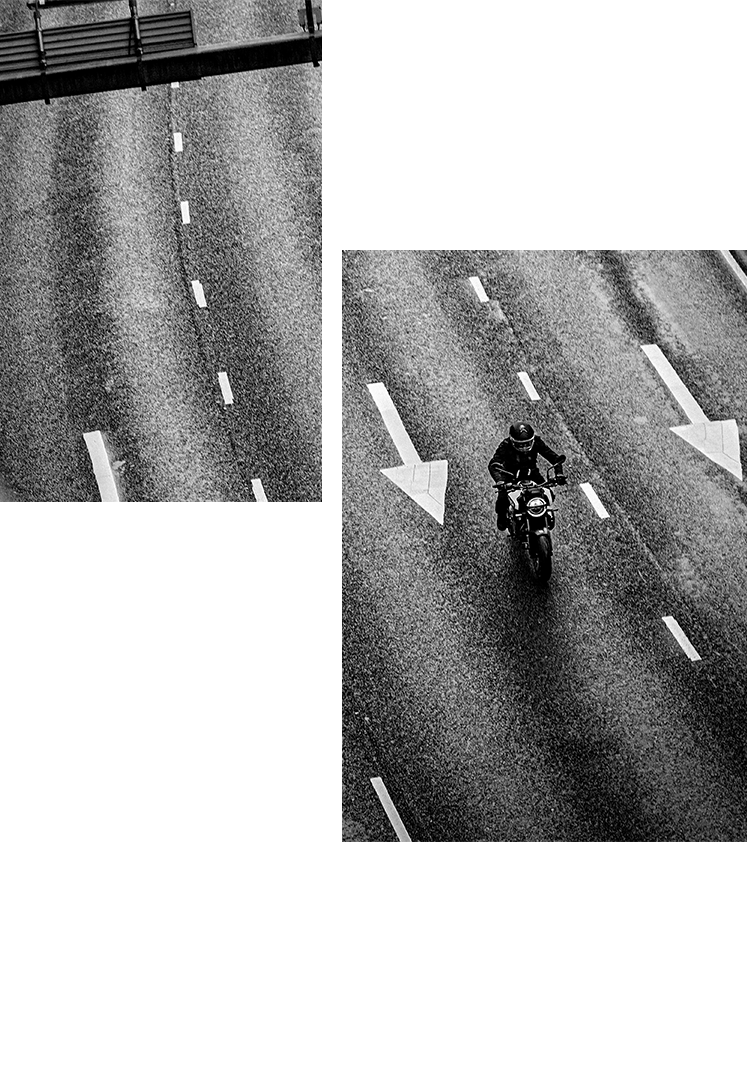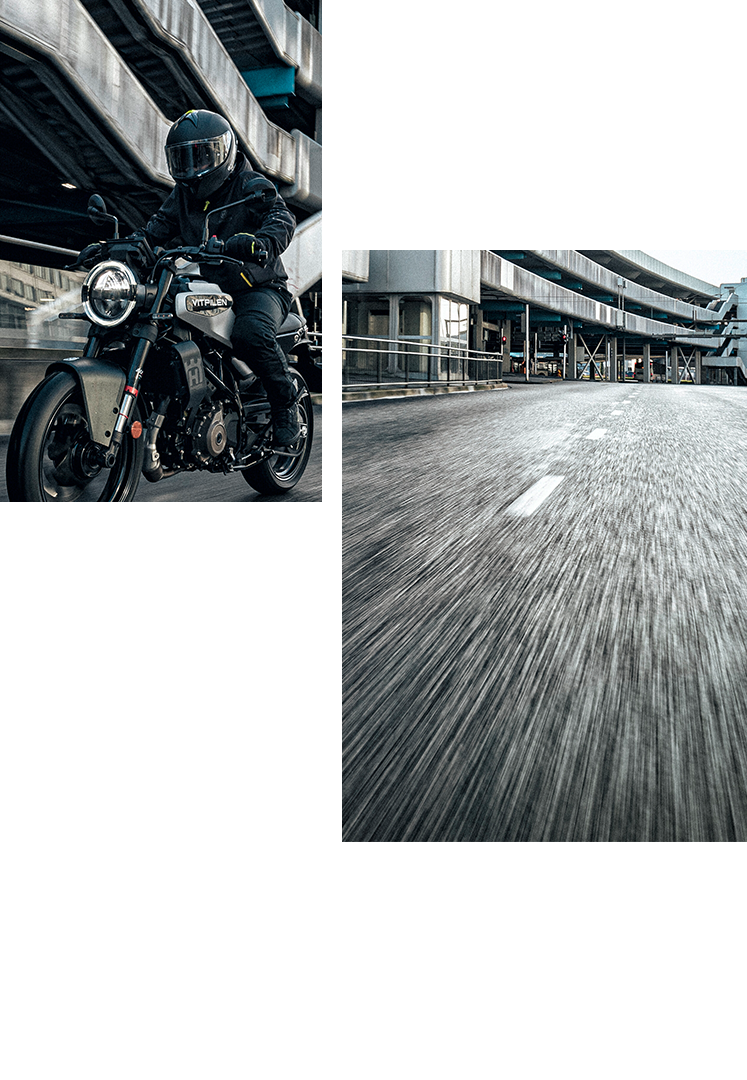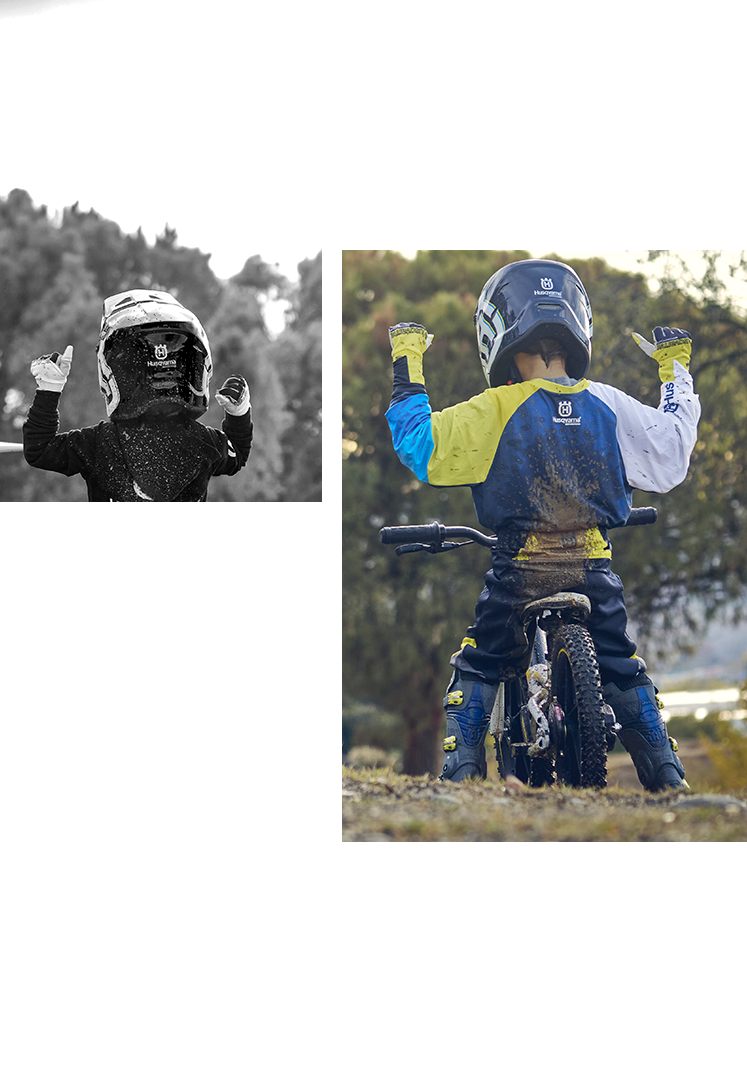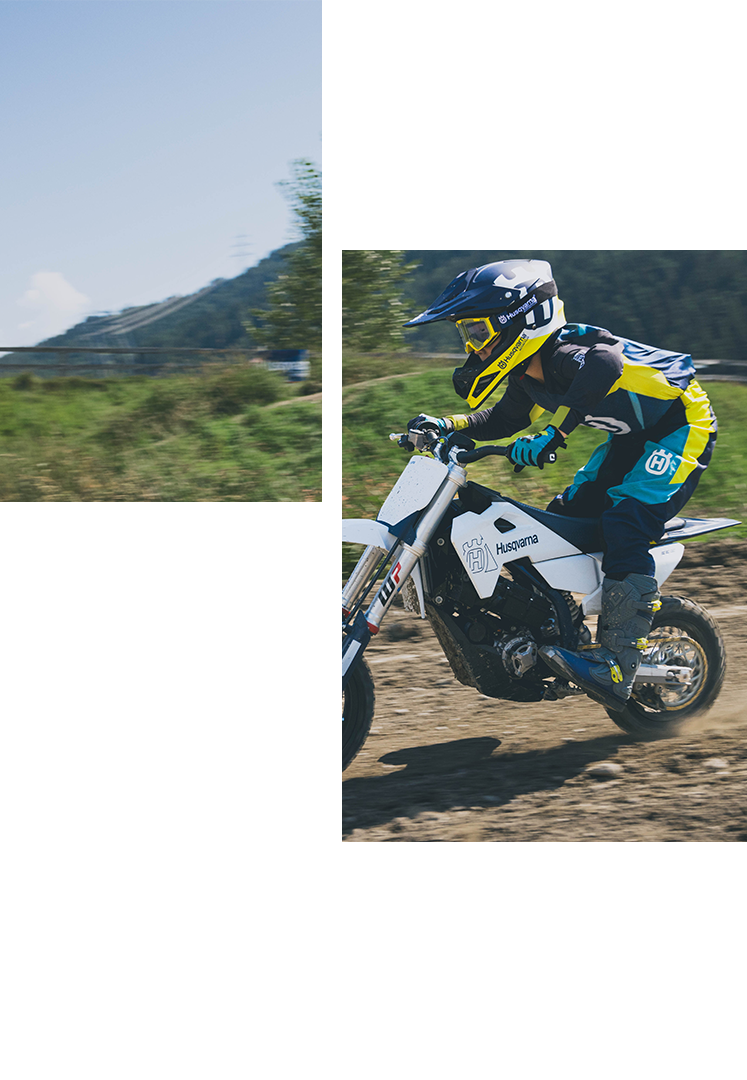The saxtorp era- Episode 2
By Kenneth Olausson
After three successful years the Saxtorp race became even more important. The Swedish GP was elevated with the status of the European Grand Prix. The year was 1933 and to this day the race was the biggest motor event ever held on Swedish soil. In this episode we will follow the exciting race weekend at Saxtorp when Husqvarna made its name as a world leader in TT (Tourist Trophy), today's road racing.
The important recognition of the organisation of the European Grand Prix came after the splendid management of the previous motorcycle assignments. The circuit had also been updated on several occasions and was now considered to have the highest standards possible for a Grand Prix. Word had also got around among the riders that they both liked the track as well as being satisfied with the safety standards introduced. The Saxtorp general, mister Axel Löfström, was highly regarded both among the Swedish delegates and the FICM (equivalent of today's FIM). And the media had nothing but positives to report from the previous years. Another fact that influenced the decision to elevate this event was that Gunnar Kalén and Ragnar Sunnqvist had conquered the C class in the previous year of 1932, leaving the Brits and the rest of the field behind. This enormous victory for the two Husqvarna riders naturally had an impact when it came to choosing the European Grand Prix for 1933.
The organising committee had their hands full as preparations for the event started. One of the more important issues were the press releases to the media, which served as good PR for the event. The interest to participate was overwhelming from various countries, “We had to choose carefully in order to get the best possible riders for the start,” said Axel ‘the general’ Löfström. The British riders were, of course, leading the list of important applicants and it was clear that they wanted revenge for the defeat in 1932. In the end eleven nations were present on race day, which was set for the 3rd of September.
Husqvarna had done their home-work, naturally scheduling the important event to be their highlight of the year. Mannerstedt had introduced engine parts to be manufactured in light metal, i.e. aluminium. It gave advantages concerning the weight and also a better performance. But could they rely on the sustainability of this novelty? Would the power source be up to standard and withhold the entire stretch of this long Grand Prix? Mannerstedt also discovered that the valves were wearing too much during full throttle tests. This was naturally of greatest importance as they had to consider a race distance of 400 kilometres. Mannerstedt had to figure out a way to solve the heat dissipation and to compensate for the abnormal wear. After some tests Mannerstedt found several technical solutions to the problems and the three C class 500cc machines for Gunnar Kalén, Ragnar Sunnqvist and Yngve Ericsson, were ready.
The British Norton team consisted of the following riders – Stanley Woods and Percy Hunt in the 500cc C class and Jimmie Simpson and Jimmie Guthrie in the 350cc B class. These four men were the main antagonists to the Husqvarna team. A record crowd of approximately 150’000 people were registered on this memorable day. More than 20’000 persons made their way on ferries from Denmark and on the press stand there were more foreign journalists than there were from the local media... The royal stand was sold out with dignitaries including the king himself who took a vast interest in this event. The national pride was at stake for many reasons, but the day did not start so well for the home riders.
After the Swedish flag gave the signal for take-off, the Husqvarna rider Gunnar Kalén was standing still on the starting line before he could get away, severely delayed. Everyone thought he was out of success for the day. Instead, the British riders were in command. The duo Woods and Hunt appeared in the front and lead alternately with a slight margin over third man Ragnar Sunnqvist. However, the Swede rode faster than the Britons and was catching up with the leaders, which pleased the home crowd enormously. The tension was high when the top riders started to lap slower riders on lap 14. Woods and Hunt passed the Swede Eric Lundberg on either side, which was permitted on the scene. Spectacular, to say the least for those who witnessed this bold action. But Hunt collided with the Swede, who met his fate and unfortunately was killed, while Hunt had to be taken to hospital with a broken hip. Death had come to Saxtorp!
Only a few of the spectators were of course aware of the terrible crash consequences, so the race went on with Sunnqvist chasing the leader Woods. Could the Husqvarna rider repeat his previous success and win over Norton? Stanley Woods was pressed hard and after 19 laps he received signals from the pit to stop for refuelling. However, Woods was not alert and ignored the signal, which had awful consequences. Woods had counted on making his margin bigger over Sunnqvist with another lap, but instead he was eliminated for running out of petrol on the 20th lap! Therefore, Sunnqvist passed the tribunes in a most popular lead with a big margin to his followers. With only five laps remaining, people started to cheer for the winner who lead four out of them. However, on the very last lap, Sunnqvist met his unfortunate fate and had to retire. What had happened? Only a few kilometres from the finish line, Sunnqvist sat next to his Husqvarna. The chain had broken and there was nothing he could do but mourn his bad luck.
So, instead, Gunnar Kalén was the first rider take the chequered flag in the C class. What had started with a spark plug misfortune, ended up with an overwhelming victory to the delight of the spectators. Kalén took his biggest victory of his career and Husqvarna was on top of the world. Gunnar Kalén set the fastest lap with a time of 6 minutes 22.6 seconds, which was equivalent of a speed of 136,6 km/h. His overall speed was set at 127,03 km/h. It should also be noted that the blogger's uncle, Rudolv Jönsson, was an ostentatious third rider over the finish line on his Husqvarna in the popular B class!







